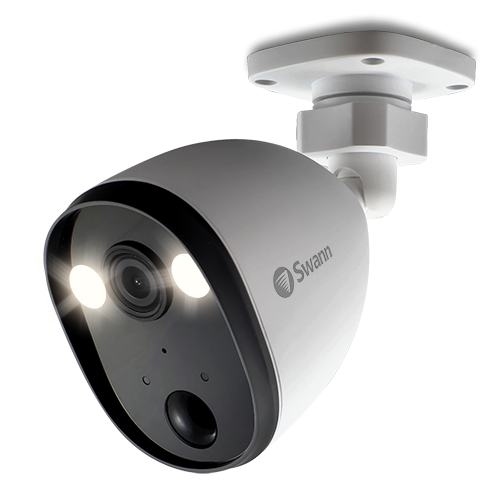
A Family Of Cameras For Every Deployment
Your camera activity must additionally make sure that it releases the camera when it is paused or shut down. The following instance shows how to modify a camera exercise to attach the preview class proven in Creating a preview class. On most gadgetshttps://www.shanelgkennels.com the default orientation of the camera preview is landscape.
To avoid interfering with customers existing pictures and videoshttps://www.shanelgkennels.com you should create a sub-directory in your application’s media recordsdata within this listinghttps://www.shanelgkennels.com as shown within the code sample below. This method is on the market in Android 2.2 (API Level 8)https://www.shanelgkennels.com for equivalent calls in earlier API versionshttps://www.shanelgkennels.com see Saving Shared Files. When utilizing the MediaRecorder class to report videohttps://www.shanelgkennels.com you have to carry out configuration steps in a particular order after which name the MediaRecorder.prepare() technique to check and implement the configuration. The following instance code demonstrates how to correctly configure and prepare theMediaRecorder class for video recording. Connect Preview – Prepare a live camera picture preview by connecting a SurfaceView to the camera utilizing Camera.setPreviewDisplay().
This instance layout specifies a horizontal (panorama) format and the code beneath fixes the orientation of the applying to landscape. For simplicity in rendering a camera previewhttps://www.shanelgkennels.com you must change your application’s preview activity orientation to landscape by including the next to your manifest. A camera preview classhttps://www.shanelgkennels.com such as the example proven within the previous parthttps://www.shanelgkennels.com should be placed within the format of an exercise along with other user interface controls for taking a picture or video. This part exhibits you tips on how to construct a primary structure and exercise for the preview. Once you acquire entry to a camerahttps://www.shanelgkennels.com you will get additional information about its capabilities utilizing the Camera.getParameters() methodology and checking the returned Camera.Parameters object for supported capabilities.
Pikes Peak Cameras
In order to retrieve an imagehttps://www.shanelgkennels.com use the Camera.takePicture() technique. This technique takes three parameters which receive knowledge from the camera. In order to obtain data in a JPEG formathttps://www.shanelgkennels.com you must implement an Camera.PictureCallback interface to obtain the picture information and write it to a file. The following code shows a primary implementation of the Camera.PictureCallback interface to avoid wasting an image acquired from the camera. In the activity on your camera viewhttps://www.shanelgkennels.com add your preview class to the FrameLayout component proven within the instance above.
When utilizing API Level 9 or greaterhttps://www.shanelgkennels.com use the Camera.getCameraInfo() to find out if a camera is on the front or back of the devicehttps://www.shanelgkennels.com and the orientation of the picture. On gadgets working Android 2.3 (API Level 9) or greaterhttps://www.shanelgkennels.com you possibly can entry specific cameras usingCamera.open(int). The instance code above will access the firsthttps://www.shanelgkennels.com again-going through camera on a tool with multiple camera. If you have determined that the device on which your utility is running has a camerahttps://www.shanelgkennels.com you should request to access it by getting an occasion of Camera (except you’re using an intent to entry the camera).
